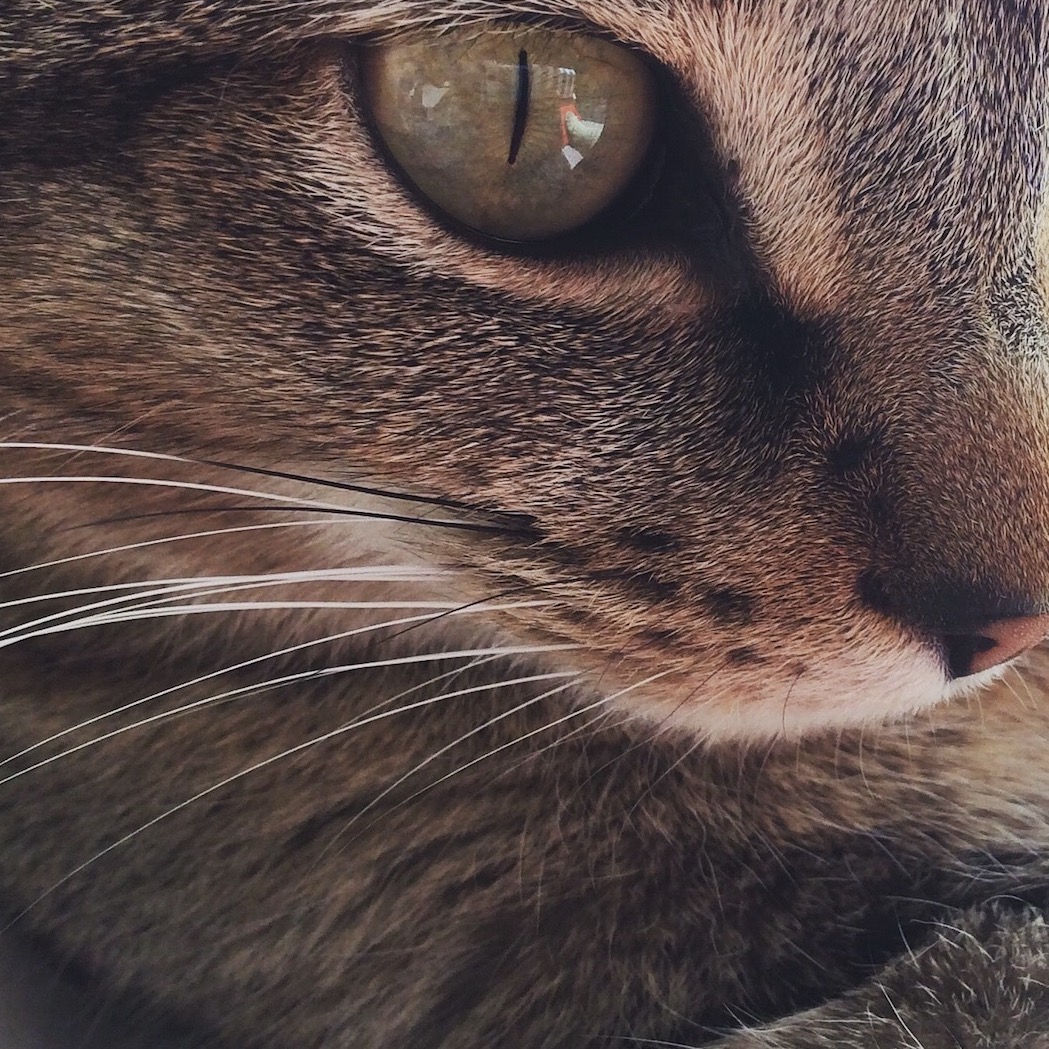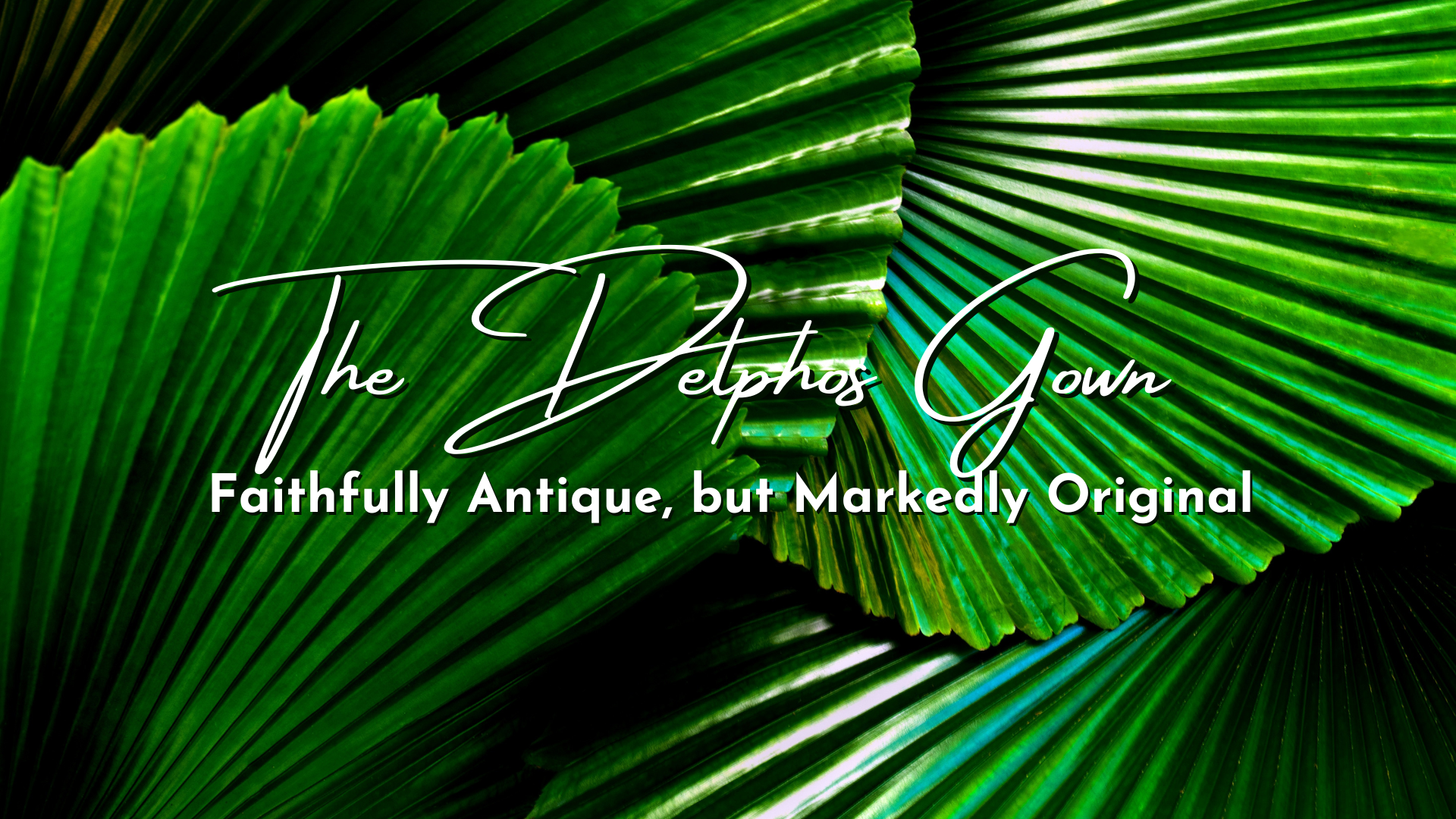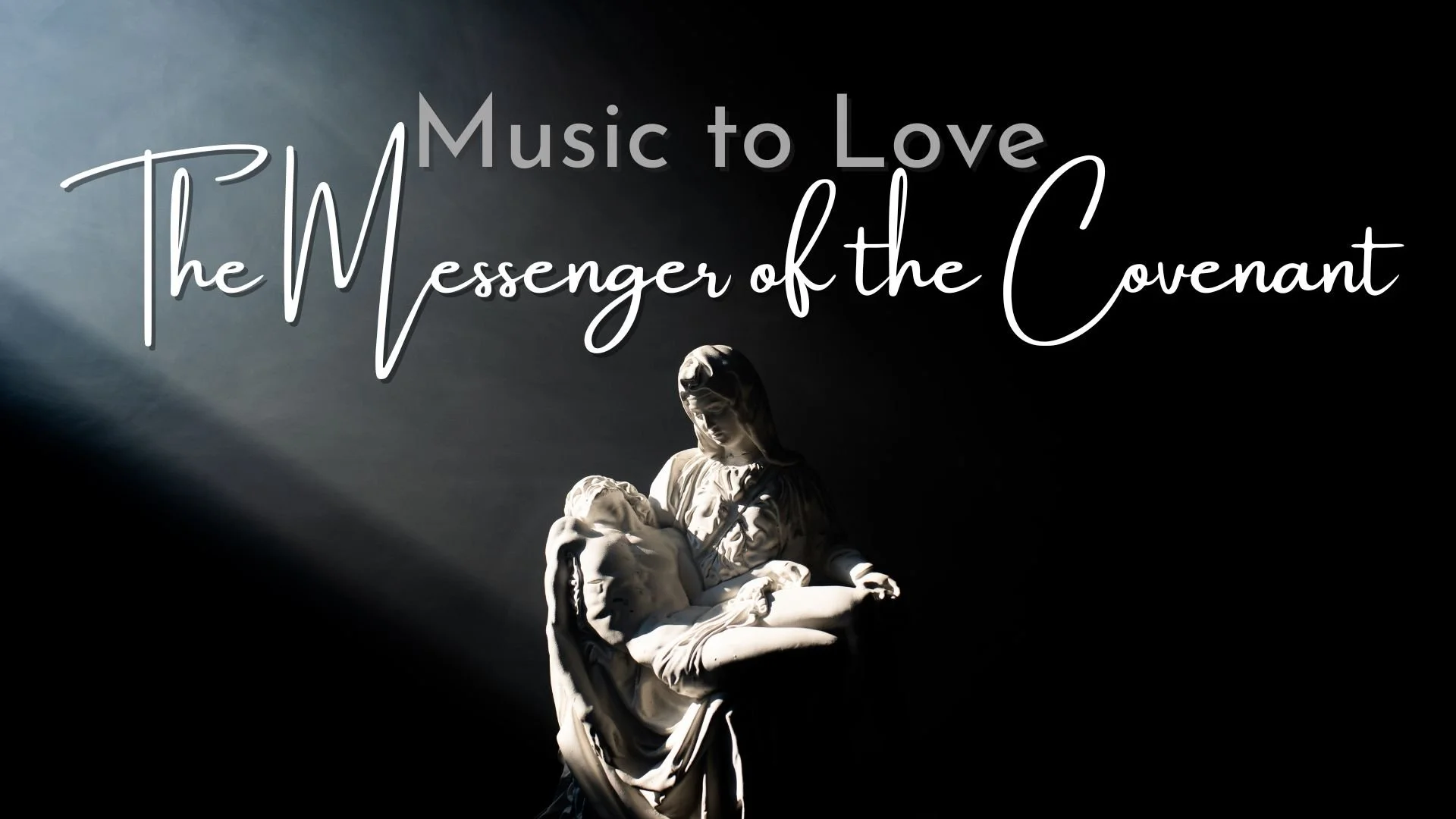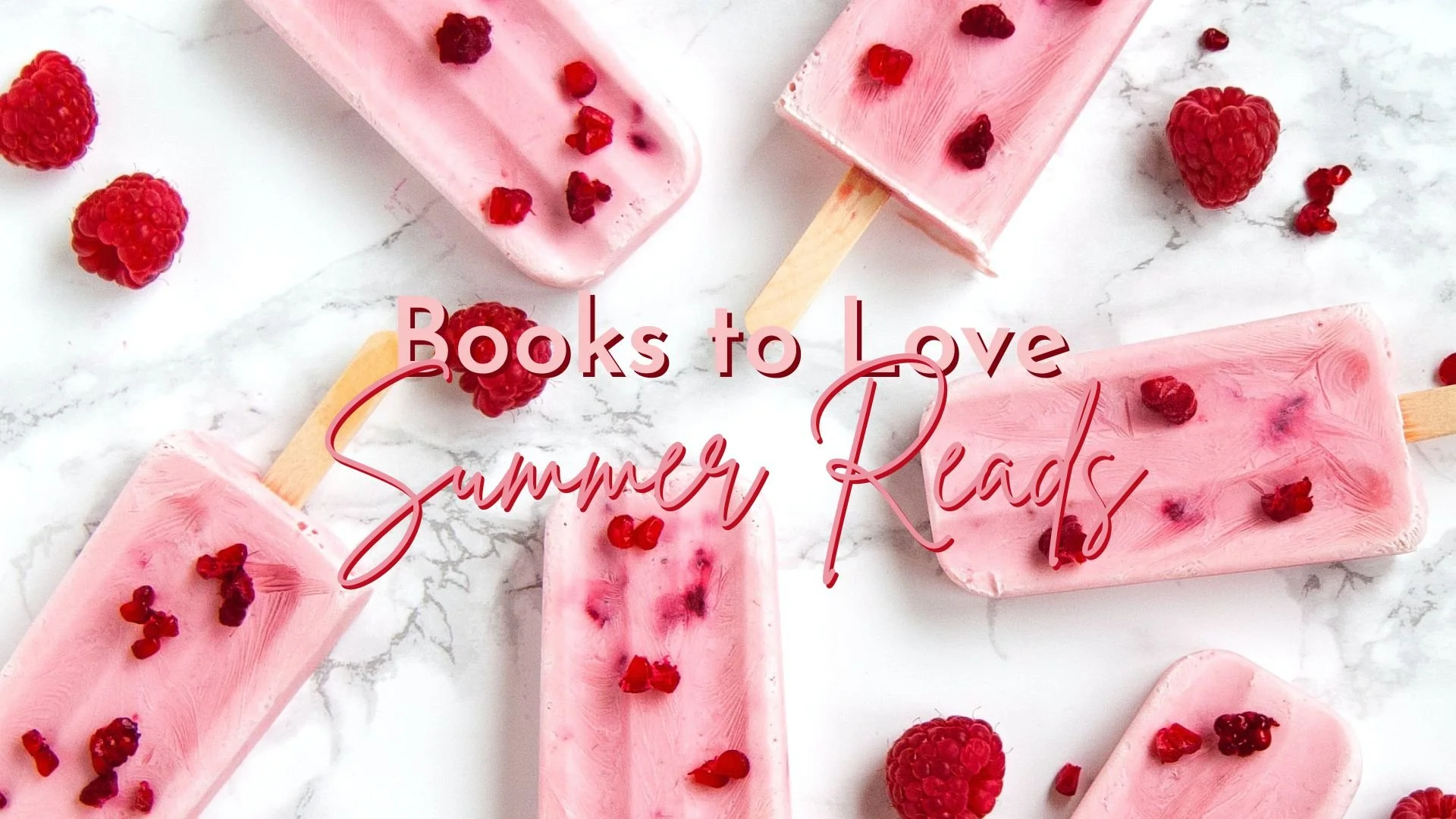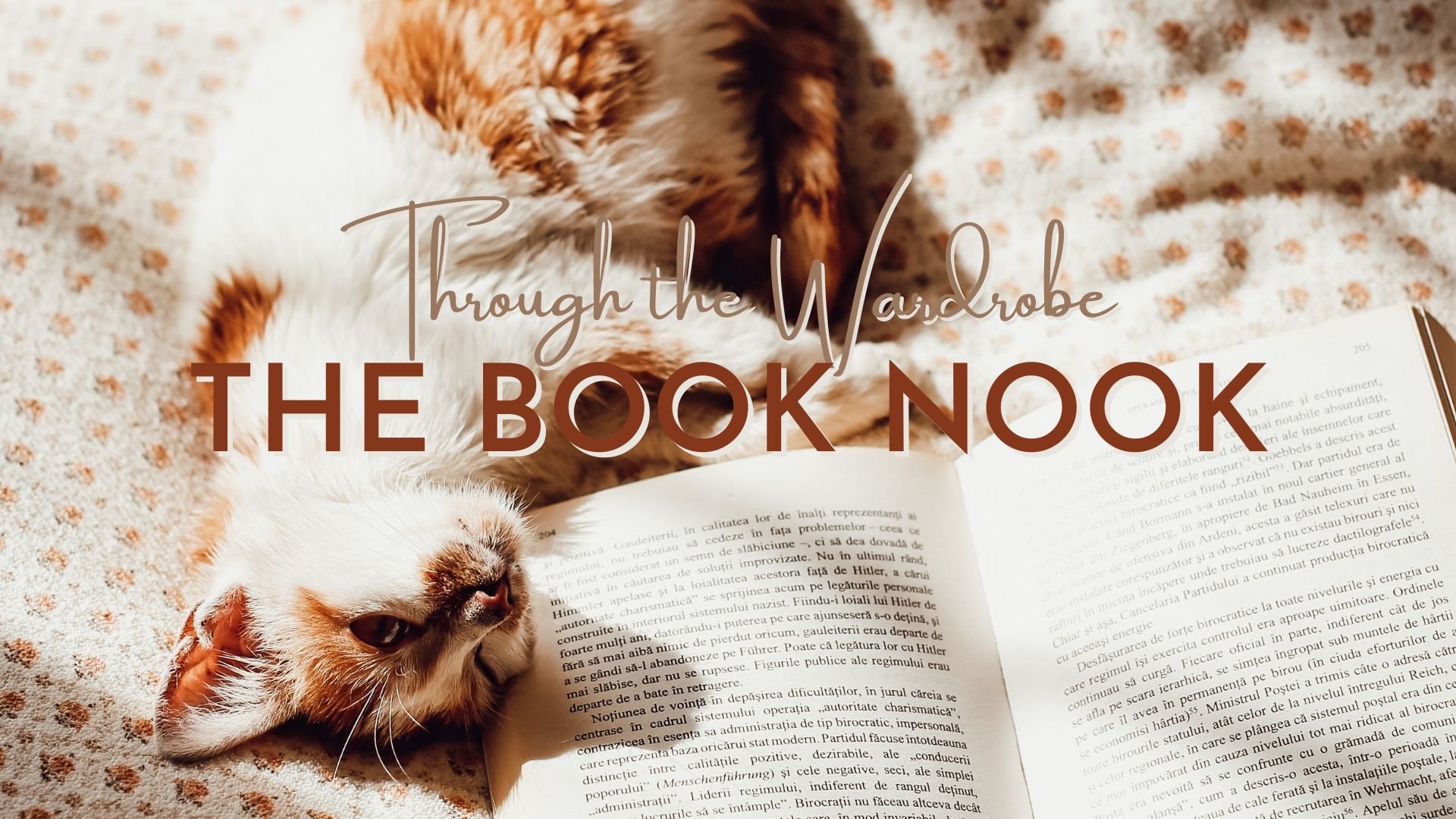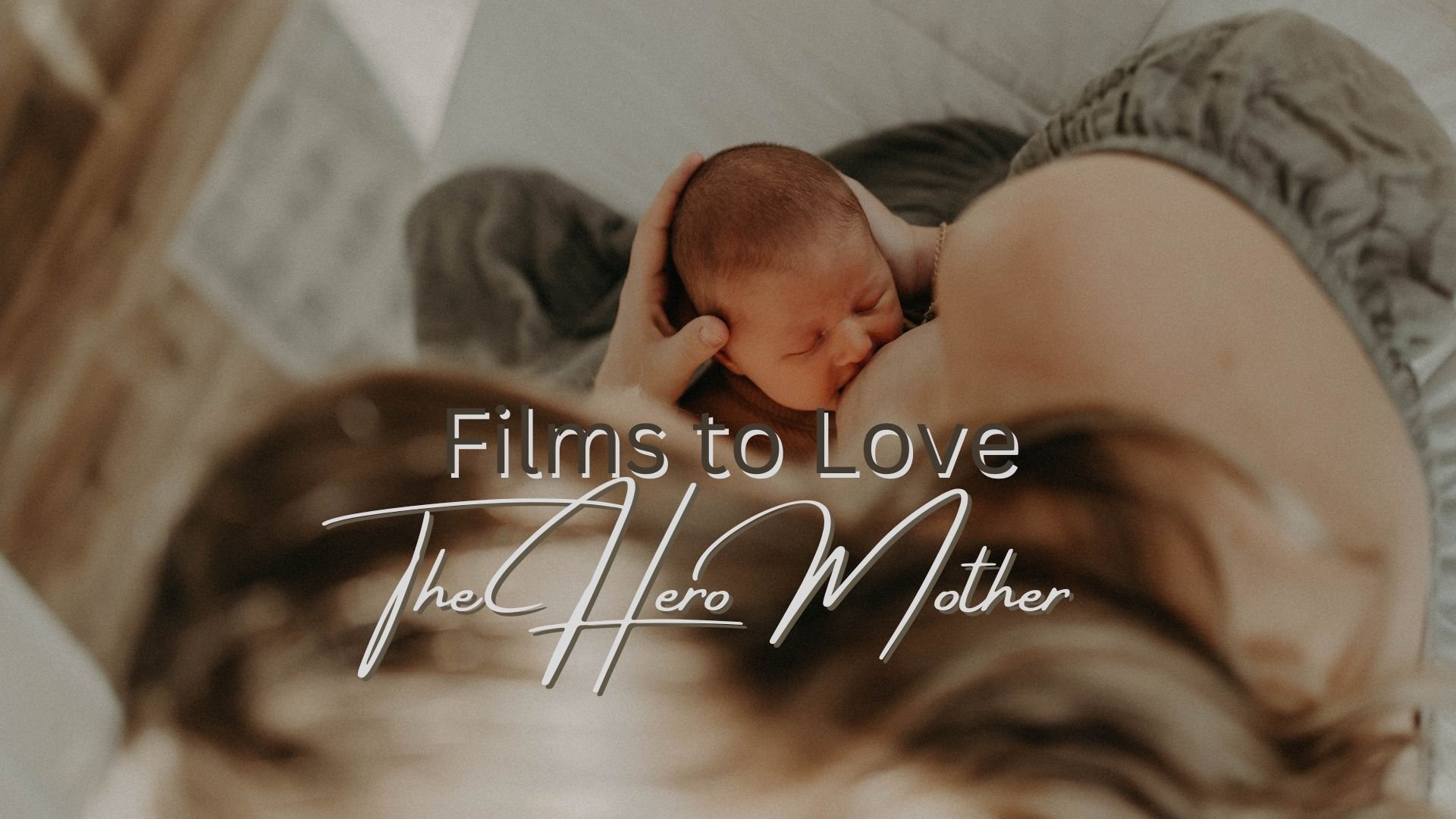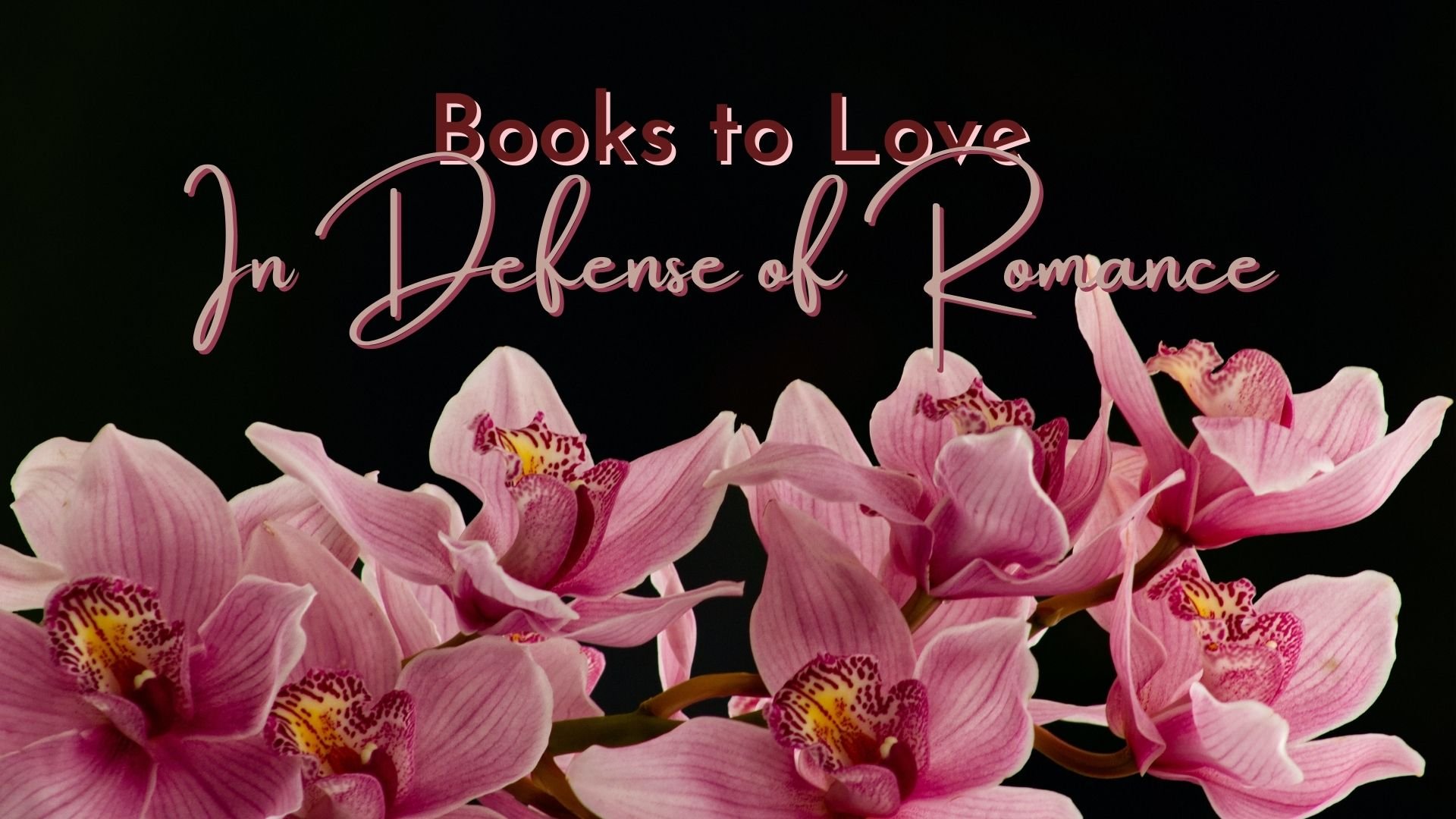Words to Love: Colorful Language
I bet you think, given the title of this post, that I’m going to be talking about expletives today, words that put a little color in your cheeks when you hear them or perhaps pepper your conversation a little too much. (I married a sailor; I’m familiar with this phenomenon.)
I am sorry to disappoint you, but today’s topic, while indeed colorful, deals not a jot or tittle with vulgarity. Although, I harbor the deepest hope that these words will be vulgate in your vocabulary by the end of this post.
Where to start? Well, I think we should begin from the inside out (of the rainbow, of course).
Heliotrope:
This name for a color of a reddish purple or pinkish purple came into popularity in 1882. While etymologically, the word is a compound which refers to a flower that turns its petals and leaves to the sun (helio=sun; trope=turning), the use of it as a descriptor of color is strictly derived from the flower known as the Heliotrope. Its blooms are a pinkish-purple color.
On a side note, I had always thought that heliotrope meant green because I associated it with the mineral compound of that name, which is a variety of green quartz shot through with veins of red and brown. This mineral is referred to as bloodstone in the vernacular. AND, in ancient times, soldiers would wear the heliotrope stone upon their person because of the virtues it was believed to possess, such as the staunching of blood flow.
Aubergine:
This one should be rather familiar to you, dear readers. If you purchase your vegetables at the hoity-toity, you may have seen the unassuming eggplant labeled as an aubergine. And, if that wasn’t hint enough, the color which aubergine is associated with is a dark purple.
Incidentally, the term aubergine always seemed more appropriate to me where the Solanum esculentum was concerned. I couldn’t help but wonder why the term eggplant had been assigned when the fruit of the plant was decidedly dark purple in color. Shows you what I know. Apparently, the term eggplant was coined to describe the white, goose egg-shaped fruit of the Solanum esculentum and later, the term aubergine was used to describe the purple fruit. Tomato-tomahto (as if their aren’t enough fruits being thrown around). The deep purple color of the aubergine variety of the Solanum esculentum is where we take the name of the color from.
Gentian:
If Pliny is to be believed, the Gentian flower Gentiana lutea, an extension of the Gentiana genus, derived its name for Gentius, the king of Ardiaei, a powerful tribe of Illyria in ancient Greece. According to legend, the gentiana lutea, received its name because Gentius discovered that a bitter tonic could be derived from it. However, that variety of gentiana lutea is of a golden yellow color, whereas the color we refer to as Gentian is actually a deep purplish-blue hue. As that color is the most common variety of Gentian flower, it seems to fit.
Delft:
Holla is you know about Holland. (I couldn’t resist the alliteration.) If you possess a cursory knowledge of Holland, you will no doubt be familiar with a particular china known as Delftware. This pottery has a long and rich history, which I would LOVE to go into in greater detail, but will rein myself in for time purposes. Suffice it to say that the earthenware and pottery known as Delftware started as a trade amongst potters in Delft, Holland in the 16th century, and grew in such popularity that The Guild of St. Luke- a painter’s guild encompassing all media- doubled the admittance of potters within a twenty year period. Delftware refers to faience pottery that has been painted with scenes- often pastoral or native Dutch settings (if you’re thinking windmills, you’re tilting in the right direction)- in blue with a white glaze applied. Obviously, as Delft refers to blue for the purpose of this post, it follows that the color of blue it is describing is a grayish-blue. However, I am of the opinion that the color variance used to describe Delft blue- anywhere from a deep blue to a grayish blue- occurs based on the antiquity of the delftware and how well it has been preserved. If it grayish blue, I think it is only because the color has faded through the ages.
Wedgewood:
And as we are on the subject of pottery and blue, it seems apropos to mention Wedgewood blue, name of the pale blue color that Josiah Wedgewood cultivated while making his very famous English porcelain. And, just to be a color theorist here, Wedgewood can sometimes be seen as referring to the bluish grey color.
Smaragdine:
Came across this color descriptor when I was trying to capture the exact color of my female protagonist’s green eyes. Smaragdine refers to emerald green. The term comes from the Greek where Herodotus first recorded it. Scholars believe it is derived from the Sanskrit malakata which refers to the jewel known as emerald.
Chartreuse:
Now this color has a truly verdant, alpine history. How many of you, dear readers, are familiar with the Grande Chartreuse north of Grenoble in the commune of St-Pierre-de-Chartreuse, France? If you responded to that question with a look of stupefaction, then you’d be in the same boat as myself before I found out all about this viridescent color.
Here’s the skinny. Grande Chartreuse refers to the head monastery of the Carthusian order. It is located in the Chartreuse Mountains. If you ever find yourself in this region of France, you’ll be unable to visit the monastery, but you can visit a museum several kilometers away where you can learn all abut the monastery. The order supports itself by the production and selling of Chartreuse- a French liquor produced since 1797 composed of distilled alcohol in which 130 different herbs, plants, and flowers are aged, including the likes of mace, lemon balm, dried hyssop flower tops, peppermint, thyme, costmary, arnica flowers, genepi, and angelica roots. This liquor continues to age and improve in the bottle. It’s color is a pale yellowish green hue. If you’re a Great Gatsby fan, then you’ll recall that a variety of the characters drink this liquor in their cocktail. My favorite mention of Chartreuse, however, belongs to Hector Hugh Munro, an Edwardian writer known as Saki, from his short story Reginald on the Christmas Present- (If you’re a fan of Oscar Wilde or Dorothy Parker, you might enjoy Saki’s work. It’s on par.)
“People may say what they like about the decay of Christianity, the religious system that produced green Chartreuse can never really die.”
Titian:
It’s almost impossible for me not to mention this color, particularly as I have a minor in Art History. Titan refers to the brownish orange color that the artist, Tiziano Vicelli, known as Titian, used when he painted the hair of most of his female subjects. I tend to think of Botticelli’s The Birth of Venus when I think of the color Titian- which is odd, but there you have it. Venus’ hair in Botticelli’s painting is exactly Titian orange.
Lateritious:
This words refers to a brick red color. And, as etymology would have it, it is derived from a Latin compound: later which means brick, and -icius which means of a made sort. Lateritious means resembling or made of brick; spec. of the colour of brick; brick red or (Mycol.) dark brick-red; designating this colour.
Vermilion:
This word I learned in my color theory class way back when I was a college student. Vermilion is one of my favorite colors. It’s scarlet red or bright red in hue. It is a cinnabar mercuric sulphide from which is derived the bright red color used to make dyes. Etymologically, the color’s name is derived from the Latin vermiculus, which means little worm. (Those little worms are a reddish hue.) The word vermicelli is also derived from this Latin word. And, now, you, like me, will never look at noodles the same again.
Now, here are the extras; the browns, the grey, the whites, and the blacks.
If you are fair complected with blonde hair, then you might look quite well in oxblood, mahogany, umber, sienna, or any other brownish color.
Any historical romance lovers out there? This grayish one’s for you- buckskin. Yeah, if your mind went to breeches, you might be a historical romance lover, or Lauren Willig.
The next time is snows, you can tell the kiddies that the landscape looks niveous. Or, if you happen to use the other sort of colorful language in mixed company and shock your Aunt Agatha, you can describe her complexion as etiolated.
And, since I spent the early years of my life in New York City, in a house that utilized a coal stove for heat, this last word I will leave you with conjures up memories of my child. Anthracite. In terms of color, anthracite is used to describe something black. I’m more familiar with it as the type of coal my father would lug up in the coal hud and pour into the top of our cast iron coal stove. (F.Y.I. If you recall from your science, anthracite is the most fuel efficient and clean burning of the coal composites.)
And, that’s a wrap, as Christopher McQuarrie (see post here) would say.
Did I miss any colors? Is there a word that you use to describe a color that you love? Please share it.
- My Novels 3
- Research Related 2
- Writing 35
- Lifestyle 86
- Books To Love 52
- My Favorite Things 13
- Military Memorials 13
- Reading 20
- Music 37
- Guest Bloggers 5
- Short Stories 13
- Books 50
- Movies 52
- Well-Being 3
- Standards to Love 23
- Lines to Love 49
- Generosity 16
- Fearless 11
- Themes to Love 2
- Giveaway 27
- Sports 18
- Words 22
- Humor 8
